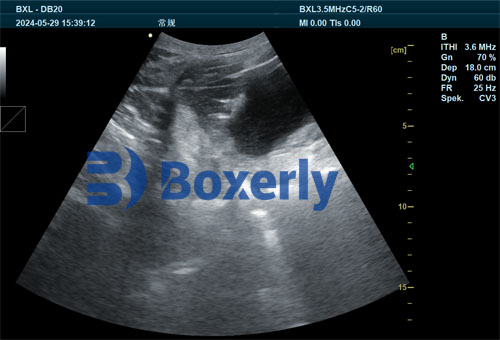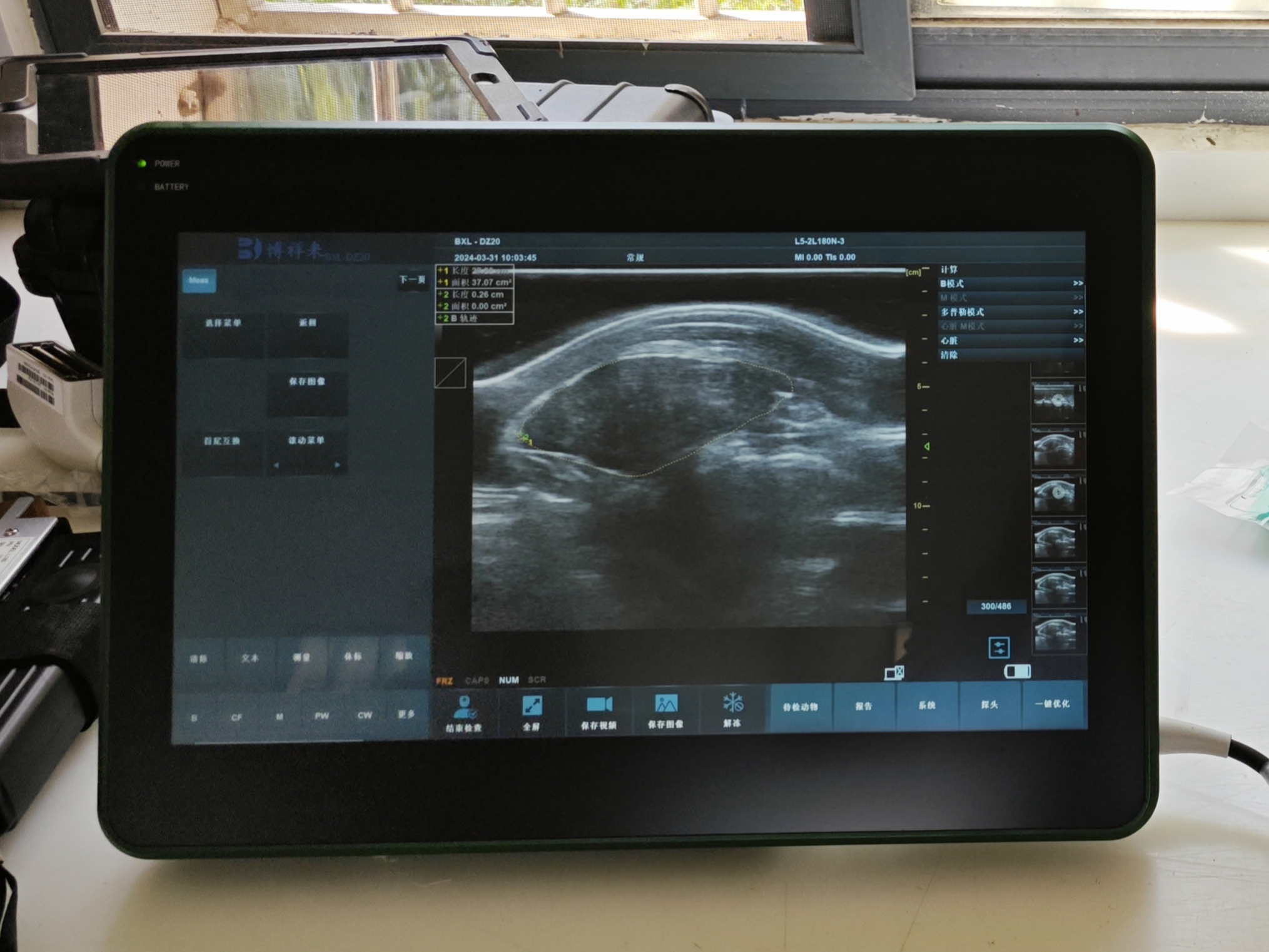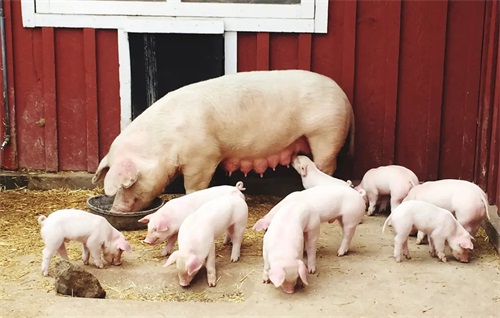The different production stages of binary sows are interrelated and influence each other, so the objective external conditions endured during different breeding periods result in different reproductive performance of binary sows. Due to the different stages of sow reproduction, it is necessary to prepare corresponding nutritional conditions, temperature conditions, and internal conditions. Especially, the backfat thickness of binary sows has a significant impact on their reproductive performance. Therefore, during the first mating of binary sows, it is necessary to maintain the weight of the sows to be used for mating between a specific number of 125-135kg, and the backfat thickness at point P2 should not exceed 16-20mm. It should also be noted that the physical condition requirements of sows at different stages are also different. The backfat thickness during weaning, mid pregnancy, and delivery will automatically change. At this time, we need to adjust the backfat thickness of sows at different stages by using ingredients, exercise, medication injections, and other methods.
The initial estrus period of animals is the prelude to the mating of binary sows. If various conditions of binary sows cannot be taken into account in the early stage, it will seriously affect their reproductive performance, especially their backfat thickness. If the backfat thickness of a binary sow is too thin, it will delay the estrus period of the binary sow and miss the optimal mating time. If the backfat thickness of a binary sow is too thick, it will affect the desired reproductive effect during the initial clear period. So it is necessary to ensure that binary sows reach a very reasonable range. Using the above method, the backfat thickness of 100 binary sows was statistically analyzed. The results showed that among the 100 binary sows, those with backfat thickness between 11.00~12.00 mm were prone to entering estrus too early, but those with backfat thickness below 10.00 mm or above 13.00 mm were too late in estrus. So we must adopt scientific and reasonable methods to regulate the backfat thickness of binary sows from the perspectives of nutrition and reproduction, the relationship between body fat content and backfat thickness of binary sows, and drug control. Leptin in the blood is a signal of body fat content in binary sows, which mainly acts on the hypothalamus of binary sows and can affect the secretion of gonadotropin (GnRH). GnRH and luteinizing hormone (LH) are important signals for the initiation and behavior of animal estrus.
The thickness of backfat before delivery in binary sows can also affect their reproductive performance. Unlike in the estrus stage, if binary sows do not have sufficient nutrition reserves during pregnancy and their body fat does not meet a certain standard, it will affect the health status of their suckling pigs. Especially when there is a lack of Ca and P or an imbalance in Ca and P ratios, as well as a lack of vitamin A and vitamin D, there is a high risk of embryo death in sows without sufficient nutritional reserves and necessary vitamins to support them. Alternatively, piglets with low birth weight may have a lower survival rate. However, the daily intake of food during pregnancy must also be controlled, and excessive energy should not be blindly supplemented to sows. Excessive abdominal fat can cause a decrease in abdominal volume, affecting uterine wall blood circulation and leading to uterine wall blood circulation disorders. So whether it's malnutrition or overnutrition, it can cause weak delivery and cause piglets to stay in the birth canal for too long, leading to suffocation and death.










